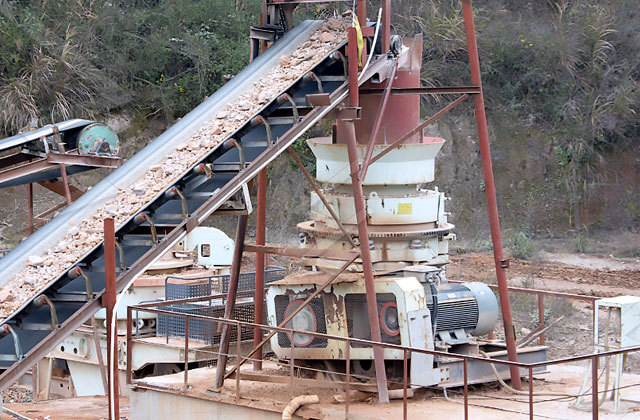crusher that can process ore efficiently
A crusher that can efficiently process ore plays a crucial role in various industries, especially in mining. Ore crushers are designed to reduce the size of raw ore materials to make them suitable for further processing, such as smelting or refining. They come in various types, including jaw crushers, cone crushers, and impact crushers, each serving a specific purpose in different stages of ore processing. The right crusher for a particular ore type must be selected based on its composition, hardness, and the desired particle size after crushing.
Jaw crushers are among the most common types of crushers used for processing ore. They work by compressing the ore between two opposing surfaces, typically a stationary plate and a moving plate. The design of jaw crushers allows for large feed sizes and high throughput, making them an efficient choice for primary crushing stages. For example, in copper, gold, or iron ore processing, a jaw crusher helps reduce the raw material into smaller, more manageable sizes, which can then be further processed by secondary crushers.

Cone crushers, on the other hand, are ideal for processing ores that are harder and require a finer output. The cone crusher utilizes a rotating cone within a fixed cone shell to crush the material by squeezing it between the two surfaces. This mechanism makes the cone crusher highly efficient for producing a uniform and consistent particle size. For ores like granite, basalt, or even harder ores like manganese, a cone crusher ensures that the material is broken down to the desired size. Cone crushers are often used in secondary and tertiary stages of ore processing to achieve fine crushes after the initial jaw crushing stage.
Impact crushers are another type of crusher used for ore processing, especially for softer ores or when a high production rate is needed. They work by using impact force to break down the ore. The ore is dropped onto a rotating platform with high-speed hammers or a rotor, which breaks the material into smaller pieces. Impact crushers are particularly efficient for materials such as limestone, coal, and gypsum but can also be used for softer ores like copper or gold. Due to their ability to handle high volumes of material, impact crushers are often used in processing plants that require continuous output.
Efficiency in ore processing also depends on the type of crushing circuit and the integration of various crushers. For large-scale ore processing operations, a combination of different crushers can be employed to achieve optimal results. For instance, a primary jaw crusher may be followed by a cone crusher, with an impact crusher used for finer material. Moreover, additional equipment such as vibrating screens can be used to separate fine material, ensuring the right-sized particles are delivered for the next step in the processing line. By carefully selecting and configuring crushers to suit the ore type and processing goals, it is possible to achieve high-efficiency crushing operations that maximize productivity and minimize energy consumption.
In conclusion, selecting a crusher for ore processing depends on various factors such as ore type, output requirements, and energy efficiency. Jaw crushers are ideal for primary crushing of hard ores, while cone crushers and impact crushers are used for secondary and tertiary stages to achieve finer particle sizes. Efficiency in ore processing is also influenced by plant design and equipment integration. Therefore, careful consideration of the entire crushing process, including maintenance and operation, is essential to ensure maximum efficiency and reliability in ore processing operations.
